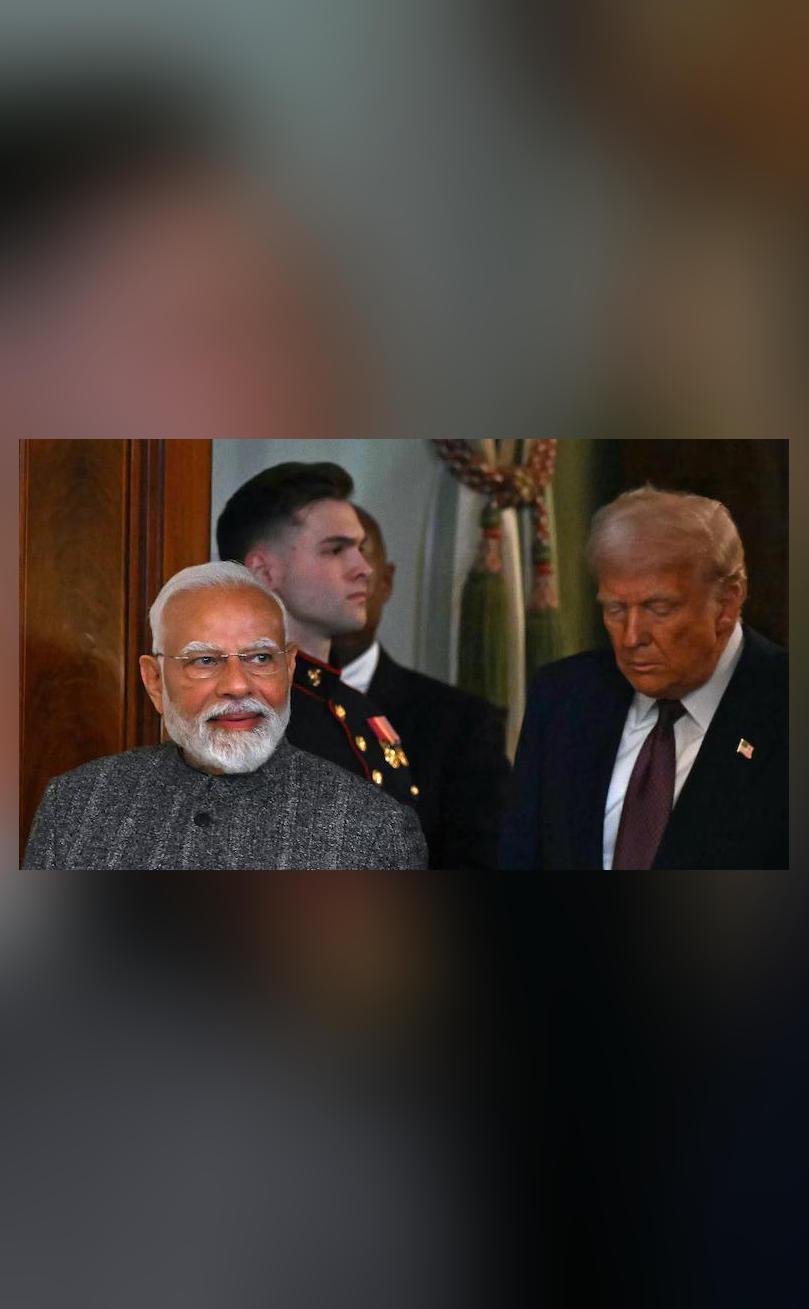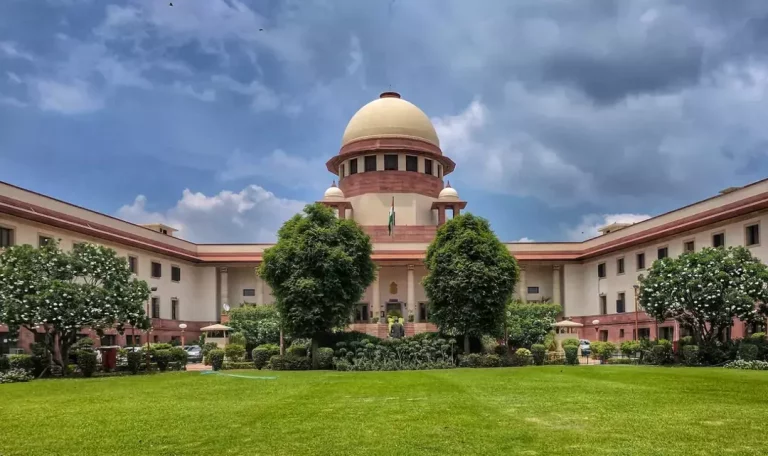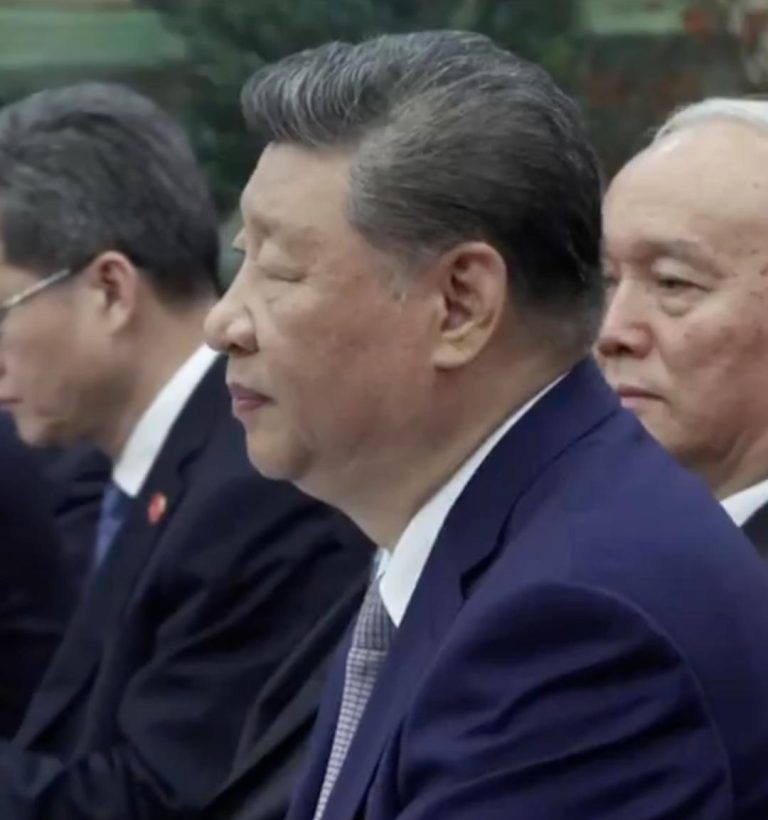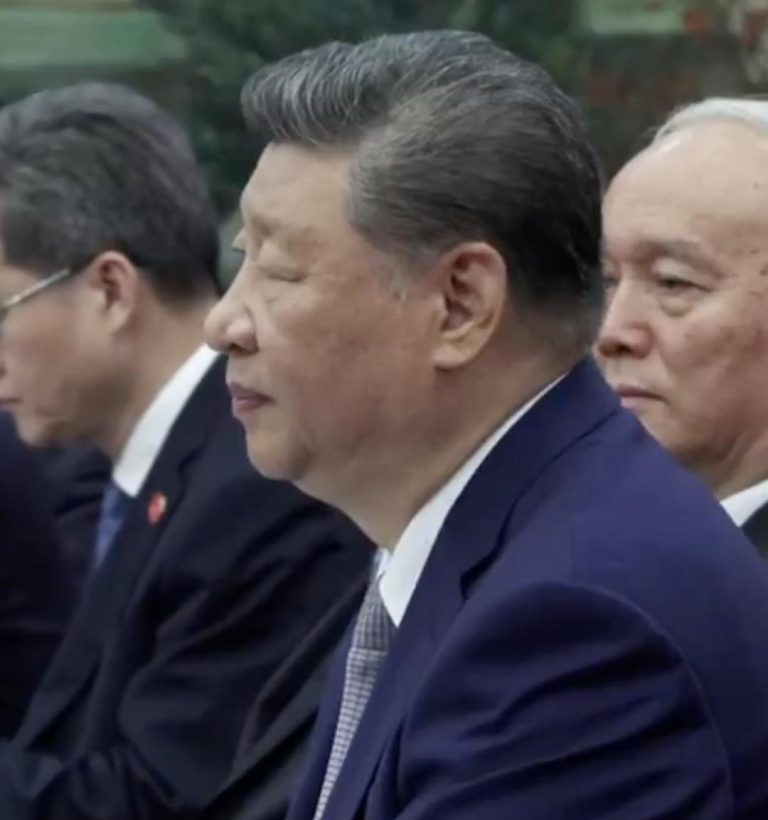
Trump’s Tariffs Can Push India Closer to Russia & China: Ex-US NSA
In a recent development that has sent shockwaves across the globe, President Donald Trump’s administration has imposed 50% tariffs on India, a move that has been widely criticized by experts and former officials. Former US National Security Advisor John Bolton has been the most vocal critic of this decision, warning that it could have far-reaching consequences, including pushing India closer to Russia and China.
Bolton, who served as the National Security Advisor from April 2018 to September 2019, has been a vocal critic of Trump’s foreign policy decisions, including his handling of international trade. In a recent interview, Bolton expressed his concerns about the impact of the tariffs on India, saying, “Trump’s heavy-handed tariffs on India jeopardise decades of American efforts to bring India away from Russia and China.”
The tariffs, which were imposed on June 1, cover a range of Indian goods, including steel, aluminum, and textiles. The move is seen as a response to India’s decision to impose tariffs on 28 US products, including almonds, apples, and pistachios. However, experts argue that the tariffs are not a proportional response, and that they will have a devastating impact on the Indian economy.
Bolton’s warning about the potential consequences of the tariffs is not unfounded. India has been a key player in the Indo-Pacific region, and has been a partner of the United States in various regional initiatives, including the Quad dialogue. The country has also been a key player in the Asia-Pacific Economic Cooperation (APEC) forum, and has been a vocal critic of China’s Belt and Road Initiative (BRI).
However, despite its close ties with the United States, India has also been developing its relations with Russia and China, and has been a key player in the Russia-India-China (RIC) trilateral dialogue. The country has also been a member of the Shanghai Cooperation Organisation (SCO), a regional security bloc that includes China, Russia, and several Central Asian countries.
In recent years, India has been diversifying its trade and economic ties, and has been seeking to reduce its dependence on the United States. The country has been increasing its trade and economic ties with Russia, China, and other countries in the region, and has been seeking to strengthen its economic and strategic ties with these countries.
The tariffs imposed by the Trump administration are seen as a major setback for India’s efforts to diversify its trade and economic ties. The move is seen as a response to India’s decision to impose tariffs on 28 US products, but experts argue that the tariffs are not a proportional response, and that they will have a devastating impact on the Indian economy.
The Indian government has responded to the tariffs by imposing retaliatory tariffs on 28 US products, including almonds, apples, and pistachios. However, the move is seen as a temporary measure, and the government is seeking to negotiate a resolution with the US administration.
The impact of the tariffs on India’s economy is likely to be significant. The country’s trade deficit with the United States is expected to increase, and the tariffs are likely to lead to job losses and economic instability. The move is also seen as a setback for India’s efforts to become a major global player, and is likely to have far-reaching consequences for the country’s economic and strategic ties with the United States and other countries in the region.
In conclusion, the tariffs imposed by the Trump administration on India are a major setback for the country’s efforts to diversify its trade and economic ties. The move is seen as a response to India’s decision to impose tariffs on 28 US products, but experts argue that the tariffs are not a proportional response, and that they will have a devastating impact on the Indian economy. The consequences of the tariffs are likely to be significant, and are likely to have far-reaching consequences for India’s economic and strategic ties with the United States and other countries in the region.






